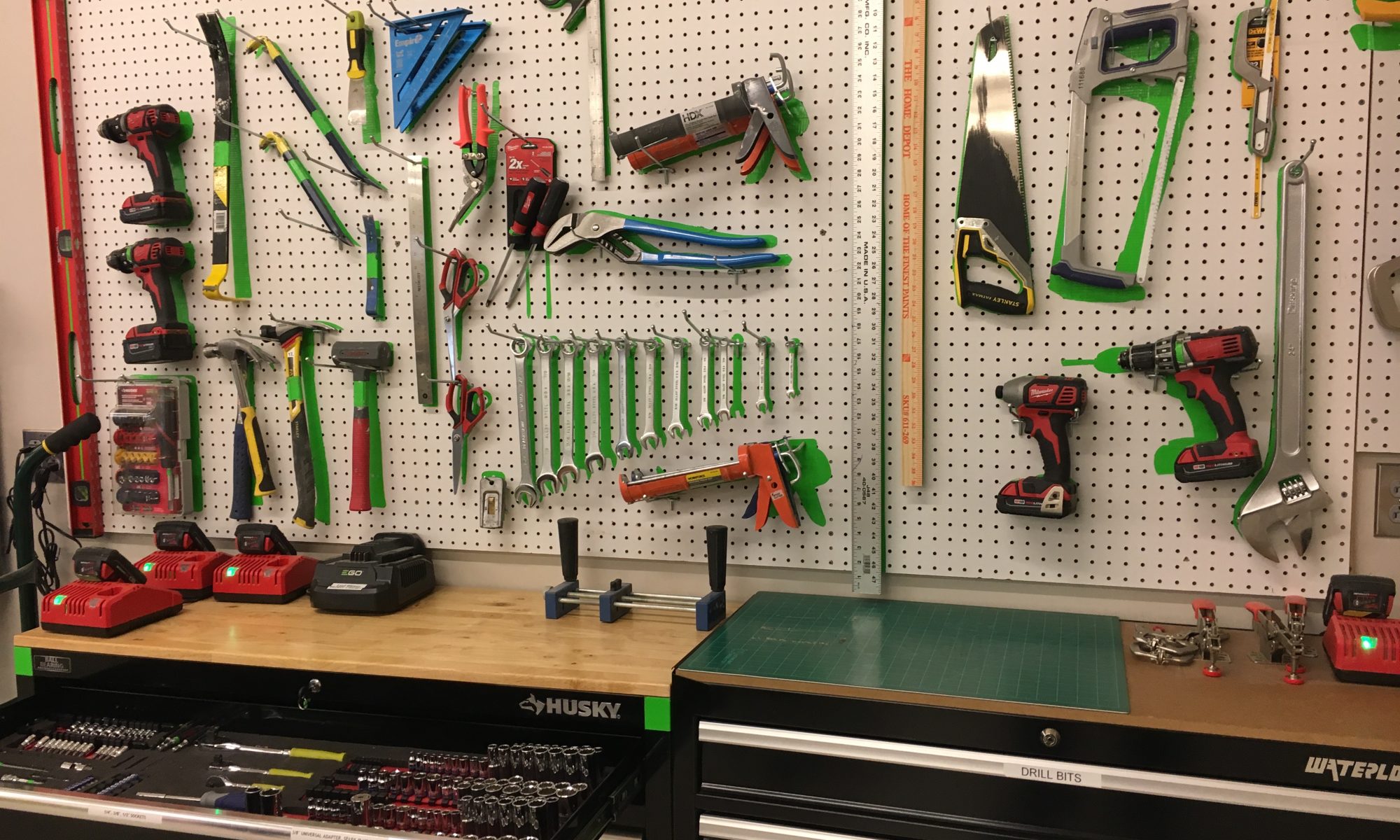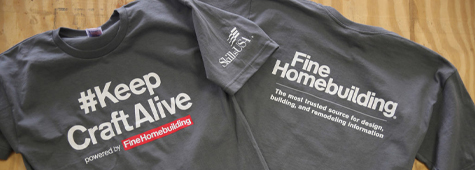The construction and LBM industries are notorious for their slow adoption of technology. This includes ecommerce, which has lagged behind the pace of other industries. But the pace of adoption is increasing, driven by several factors, most notably the pandemic, wider acceptance, and demand from the next generation of customers and workers. And, perhaps surprising to some, AI is also playing a role.
Dealer Surveys Show Ecommerce on the Rise
According to LBM Journal’s 2023 LBM 100 survey, 40% of dealers offered online sales in 2022, a 9.5% increase over the previous year. Of those, 27.4% of orders were for curbside pickup.
“We’re hearing from almost every dealer we talk to that there is a real awareness that ecommerce is a needed element,” said Mike Berger, managing editor for LBM Journal. “The buying habits not just of consumers but also pros have changed so much since the pandemic started.”
Consumers have gotten used to logging onto not only Amazon but also home improvement retailers like The Home Depot and Lowe’s to compare prices and make purchases; LBM dealers are realizing that they need to ramp up their own ecommerce to keep up.
“Ecommerce is here, it’s only going to increase, and dealers are going to need to make every effort they can to accommodate it,” Berger said. “Younger folks coming into the LBM industry are bringing with them patterns of commerce they’ve already developed. To them, it’s second nature to be able to go to their phone, go to an app, place their order, and be done.”
While ecommerce has lagged, LBM dealers have made strides in other areas of technology. In its 2023 Construction Supply 150 report, Webb Analytics noted that while construction suppliers continue to devote a low percentage of revenue to technology, they’ve made remarkable gains. “Online bill presentation now is common, with online payment capabilities close behind,” the report explained. “The next big trends will involve notification of delivery status and online information about whether a product is in inventory. Both are likely to be features of customer-facing apps for smartphones—another growing trend.”
Dealers have responded to customer demand for easier access to accounts and pricing by making it easier to pay bills or check inventory online, a must-have for building pros who do office work after regular business hours because they’re on the jobsite all day. Online access may also be beneficial for customers for whom English is not their first language.
“Despite spending an average of less than 1% of revenue on technology—far below most other industries—leading dealers have gotten dramatically more techie over the years, especially this decade,” the Construction Supply 150 said. “We’re at the point where more than two-thirds of responding CS150 dealers make it possible for their customers to see purchasing history and bills online, and another quarter of the dealers plan to add that capability. Over half permit online bill payment, and another 30% plan to roll out the feature.”
One reason ecommerce might be slower to adopt is because pricing and supply in the building sector isn’t always black and white. Supply chain challenges, particularly over the past few years, have made it harder to predict what is available, and pricing can be impacted by a number of factors that vary customer by customer.
But, ironically, technology is helping to address those challenges, as well. “The stock issue is gradually improving as dealers get better warehouse systems,” Webb Analytics President Craig Webb said. “The pricing is getting better in part because dealers are getting more sophisticated at being able to categorize customers.”
Webb’s Construction Supply 150 found that 35% of dealers have a warehouse management system, but another 26% want to add it. Delivery notification systems are also on the rise, the study found, with 40% of dealers offering it now; 79% of dealers have dispatch/delivery software, which means notification offerings could rise soon.
For now, Berger said, many customers are using ecommerce for smaller items or one-off items, such as a few extra 2x4s or other missing materials needed to quickly complete a job. Consumers are using it as part of their pricing research, which positions dealers to potentially earn new business if they have an item at an equal or better price as a nearby big box store.
How Artificial Intelligence Can Help Dealers With Ecommerce
Webb and Berger both point to artificial intelligence (AI) as an important factor for dealers going forward.
“It looks like artificial intelligence’s ability to slice and price could be one of the very first ways AI makes an impact on dealers,” Webb said. “It’s possible to collect tons of information about customer history and purchasing patterns, to scrape the internet for what everyone else is selling for, and to look at commentaries on what’s happening with pricing trends, strikes, forest fires, etc., and make pricing recommendations in the moment for customers. [As a simple example,] it’s an automated way of seeing a winter storm coming and analyzing how many shovels you have.”
Berger said one of the biggest fears he hears from dealers is that adding ecommerce means increasing the amount of staff needed to handle it. But dealers who have found success are reporting the opposite, thanks in part to AI tools that can assist with filling out product descriptions, answering common questions, and more. “With the tools that are available, dealers aren’t having to radically ramp up their hiring.”
Ecommerce Solutions With Software
Existing and trusted software solutions also are playing a key role in getting dealers up to speed. The industry’s leading software providers offer systems that allow companies to run programs for what they want and need while adding or removing capabilities in the future.
Epicor’s enterprise resource planning (ERP) solution, for example, has an option for an integrated ecommerce platform.
ECI announced in July a new ecommerce solution for its Spruce ERP platform. The tools allow dealers to build a professional storefront website and customer portal without the need for coding or web development expertise. “For consumers and tradespeople, this means unlocking the ability to shop online for delivery or in-store pickup, browse products, create accounts, build self-service quotes, pay invoices, and more,” John Maiuri, division president LBMH at ECI, said in an announcement of the launch. “For LBM and hardlines businesses, this means help in avoiding over-stocking since inventory counts, transactions, pricing, invoices, and other information are directly connected between systems.”
It’s clear that more and more LBM dealers are embracing the efficiencies that technology can bring—while recognizing that customers will only continue to expect such conveniences in the future. As technology solutions become more advanced and more user-friendly, there perhaps may be no better time to take the leap.
Gain more insights and stay connected with Westlake Royal Building Products® on LinkedIn.
Related content:
- How to Leverage AI in the Construction Industry
- LBM Dealer Surveys Show Continued Strength Amid Economic Concerns
Image: iStock.com/gorodenkoff























